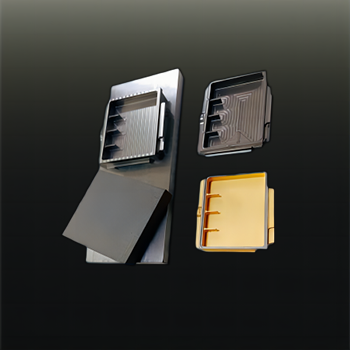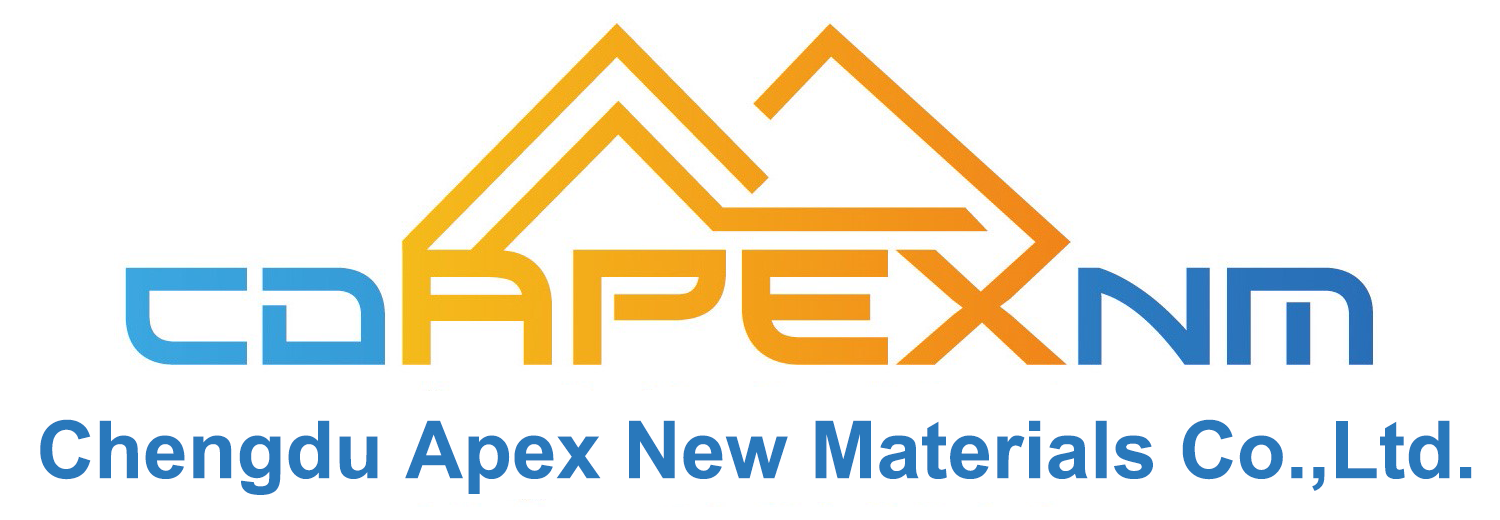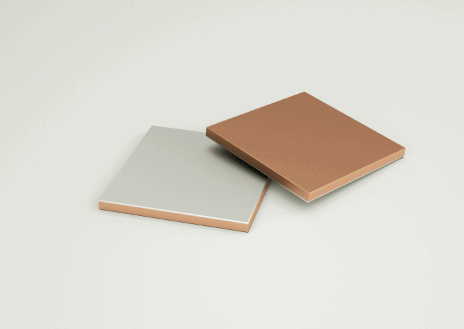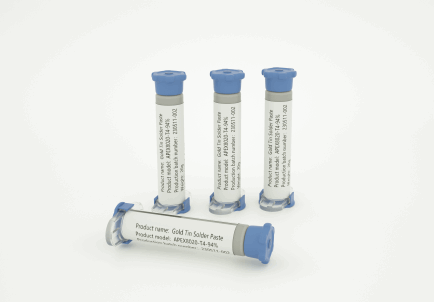Effects and influences of various elements in die-cast aluminum alloys
Effects and influences of various elements in die-cast aluminum alloys
Die-cast aluminum alloy is a material widely used in the automotive, aviation, home appliance and other industries. Its performance mainly depends on the composition and proportion of various elements in the aluminum alloy.

Silicon (Si)
Silicon is the main element of most die-cast aluminum alloys. It can improve the casting performance of the alloy. Silicon and aluminum form a solid solution. At 577 ℃, the solubility of silicon in aluminum is 1.65%, 0.2% at room temperature, and when the silicon content reaches 11.7%, silicon and aluminum form a eutectic. Improve the high-temperature molding of the alloy, reduce shrinkage, and have no tendency to thermal cracking. Binary aluminum-based alloys have high corrosion resistance. When the silicon content in the alloy exceeds the eutectic composition, and there are more impurities such as copper and iron, hard spots of free silicon appear, making cutting difficult. High-silicon aluminum alloys have serious melting corrosion effects on casting crucibles.
Copper (Cu)
Copper and aluminum form a solid solution. When the temperature is 548 ℃, the solubility of copper in aluminum should be 5.65%, and it drops to about 0.1% at room temperature. Increasing the copper content can improve the fluidity, tensile strength and hardness of the alloy, but reduce the corrosion resistance and plasticity, and increase the tendency of hot cracking.
Magnesium (Mg)
Adding a small amount (about 0.2-0.3%) of magnesium to high-silicon aluminum alloy can improve the strength and yield limit, and improve the cutting processability of the alloy.
Aluminum alloy containing 8% magnesium has excellent corrosion resistance, but its casting performance is poor, its strength and plasticity at high temperature are low, and it shrinks greatly when cooling, so it is easy to produce hot cracking and form looseness.
Zinc (Zn)
Zinc can improve fluidity, increase hot brittleness, and reduce corrosion resistance in aluminum alloys, so the zinc content should be controlled within the specified range. As for the ZL401 aluminum alloy with a high zinc content, it has better casting and mechanical properties, and is also easier to cut.
Iron (Fe)
All aluminum alloys contain harmful impurities. When the iron content in the aluminum alloy is too high, iron exists in the alloy in the form of FeAl3, Fe2Al7 and Al-Si-Fe flake or needle-like structures, which reduces the mechanical properties. This structure will also reduce the fluidity of the alloy and increase the hot cracking. However, the adhesion of aluminum alloy to the mold is very strong, especially when the iron content is below 0.6%. When it exceeds 0.6%, the sticking phenomenon is greatly reduced, so the iron content should generally be controlled within the range of 0.6 to 1%, which is good for die casting, but the maximum should not exceed 1.5%.
Manganese (Mn)
Manganese can reduce the harmful effects of iron in aluminum alloys and can change the lamellar or needle-shaped structures formed by iron in aluminum alloys into fine crystal structures. Therefore, generally, aluminum alloys are allowed to have less than 0.5% manganese. When the manganese content is too high, it will cause segregation.
Nickel (Ni)
Nickel can improve the strength and hardness of aluminum alloys and reduce corrosion resistance. Nickel has the same effect as iron, which can reduce the alloy's melting corrosion on the mold, while neutralizing the harmful effects of iron and improving the welding performance of the alloy. When the nickel content is 1-1.5%, the casting can obtain a smooth surface after polishing. Due to the lack of nickel sources, aluminum alloys containing nickel should be used as little as possible.
Titanium (Ti)
Adding a trace amount of titanium to aluminum alloys can significantly refine the grain structure of aluminum alloys, improve the mechanical properties of alloys, and reduce the thermal cracking tendency of alloys.
Strontium
Strontium is a surface active element. In crystallography, strontium can change the behavior of intermetallic compound phases. Therefore, the modification with strontium can improve the plasticity of the alloy and the quality of the final product. Due to the advantages of long effective time, good effect and reproducibility of strontium modification, it has replaced the use of sodium in Al-Si casting alloys in recent years. Adding 0.015%~0.03% strontium to the extrusion aluminum alloy can transform the β-AlFeSi phase in the ingot into the Chinese character α-AlFeSi phase, reduce the homogenization time of the ingot by 60%~70%, improve the mechanical properties and plasticity of the material, and improve the surface roughness of the product. For high silicon (10%~13%) deformed aluminum alloy, adding 0.02%~0.07% strontium can reduce the primary crystal to a minimum, and the mechanical properties are significantly improved. The tensile strength бb is increased from 233MPa to 236MPa, the yield strength б0.2 is increased from 204MPa to 210MPa, and the elongation б5 is increased from 9% to 12%. Adding strontium to hypereutectic Al-Si alloy can reduce the size of primary silicon particles, improve plastic processing properties, and can be hot-rolled and cold-rolled smoothly.
Zirconium element
Zirconium is also a common additive for aluminum alloys. Generally, the amount added to aluminum alloy is 0.1%~0.3%. Zirconium and aluminum form ZrAl3 compounds, which can hinder the recrystallization process and refine the recrystallized grains. Zirconium can also refine the casting structure, but the effect is smaller than that of titanium. When zirconium is present, the effect of titanium and boron in refining grains will be reduced. In Al-Zn-Mg-Cu alloys, zirconium is used to replace chromium and manganese to refine the recrystallized structure because zirconium has less effect on quenching sensitivity than chromium and manganese.
Chromium
Chromium is a common additive element in Al-Mg-Si, Al-Mg-Zn, and Al-Mg alloys. At 600 ℃, the solubility of chromium in aluminum is 0.8%, and it is basically insoluble at room temperature. Chromium forms intermetallic compounds such as (CrFe)Al7 and (CrMn)Al12 in aluminum, which hinder the nucleation and growth process of recrystallization, have a certain strengthening effect on the alloy, and can also improve the toughness of the alloy and reduce the sensitivity to stress corrosion cracking. However, it will increase the quenching sensitivity and make the anodic oxide film yellow. The amount of chromium added to aluminum alloys generally does not exceed 0.35%, and decreases with the increase of transition elements in the alloy.
The addition ratio and combination of different elements in die-cast aluminum alloys determine the final performance of the alloy. By reasonably adjusting the content of each element, the mechanical properties, corrosion resistance, processing performance and other aspects of the aluminum alloy can be optimized to meet the needs of different application scenarios.
The above is a detailed introduction to some common elements and their role and influence in die-cast aluminum alloys. If you want to know more about the performance of die-cast aluminum alloys and other products, please consult Apex-New Material: sales@apex-material.com



